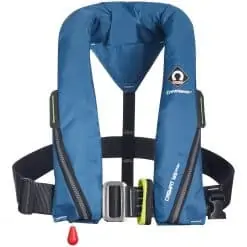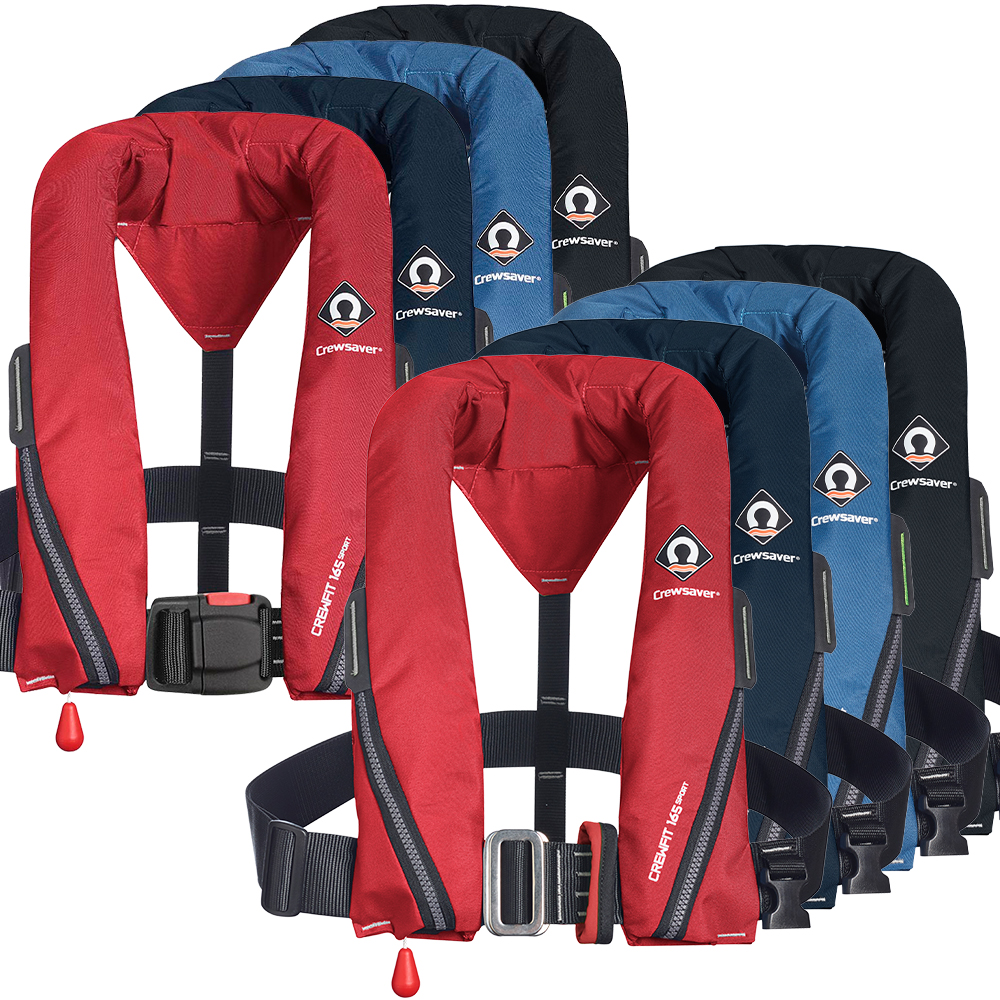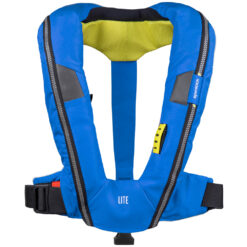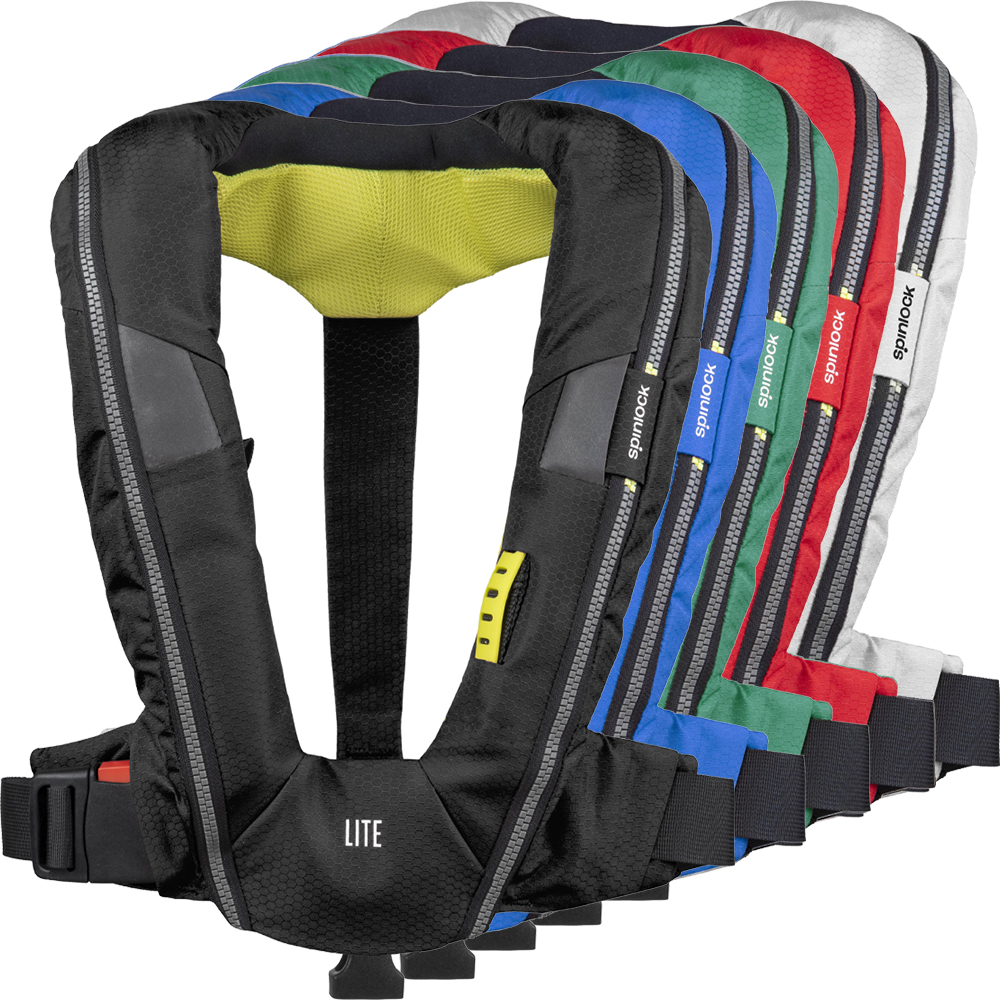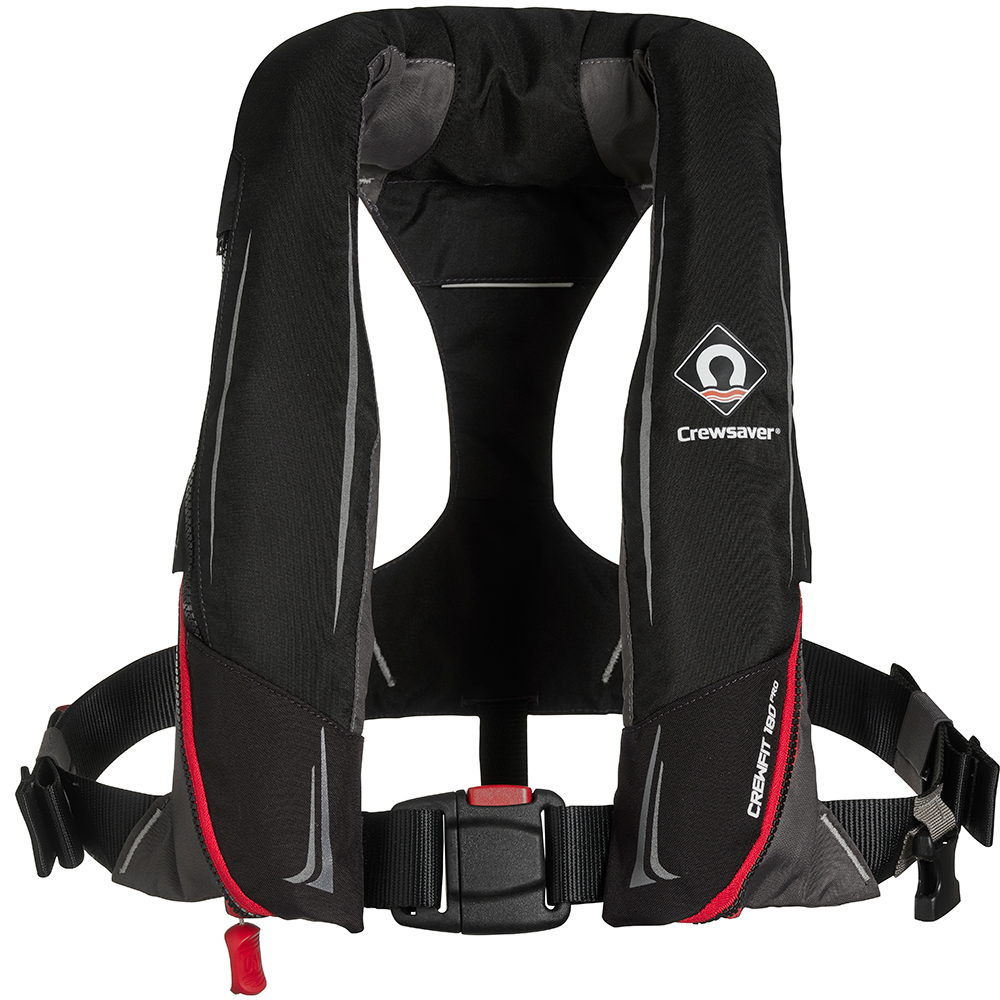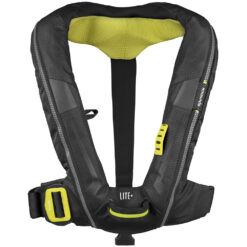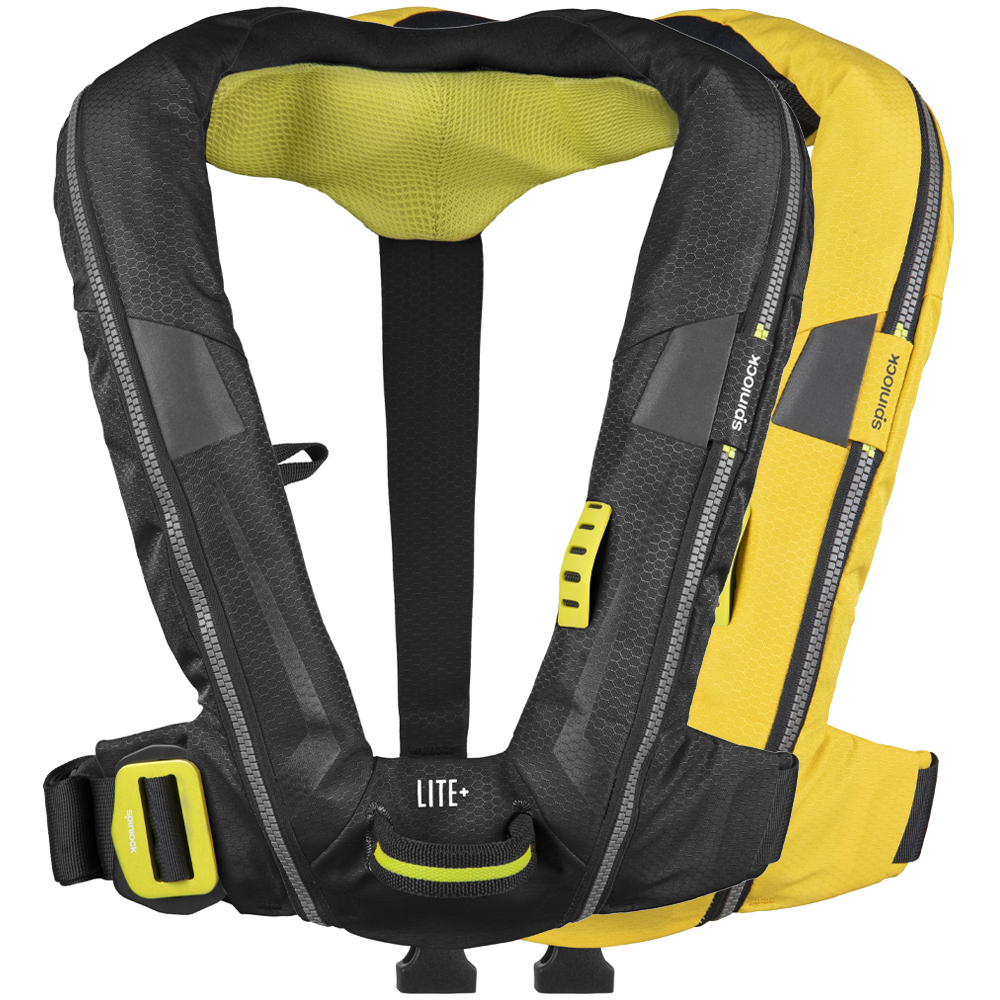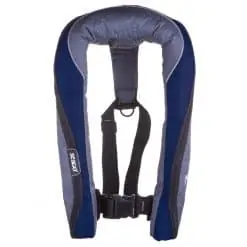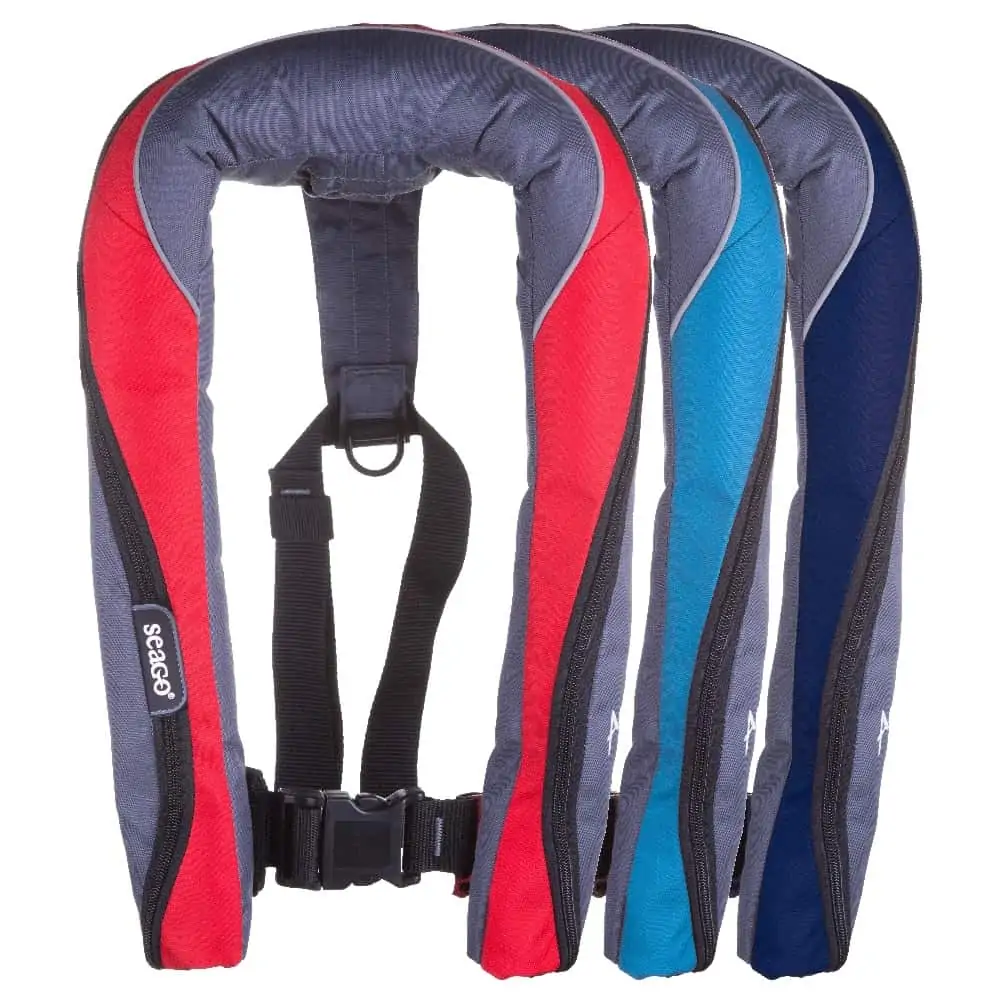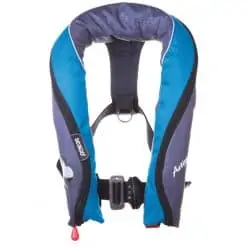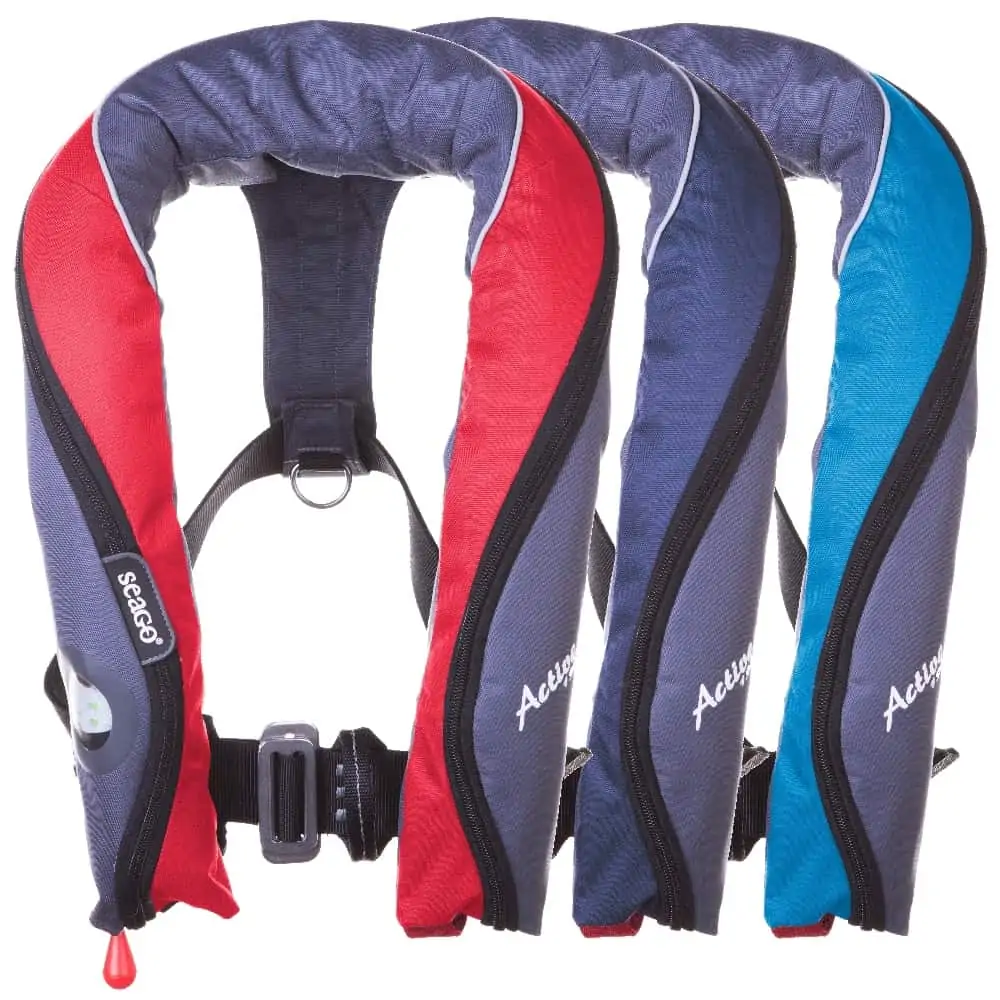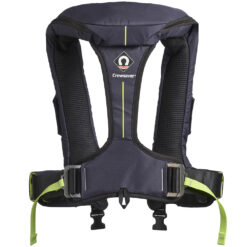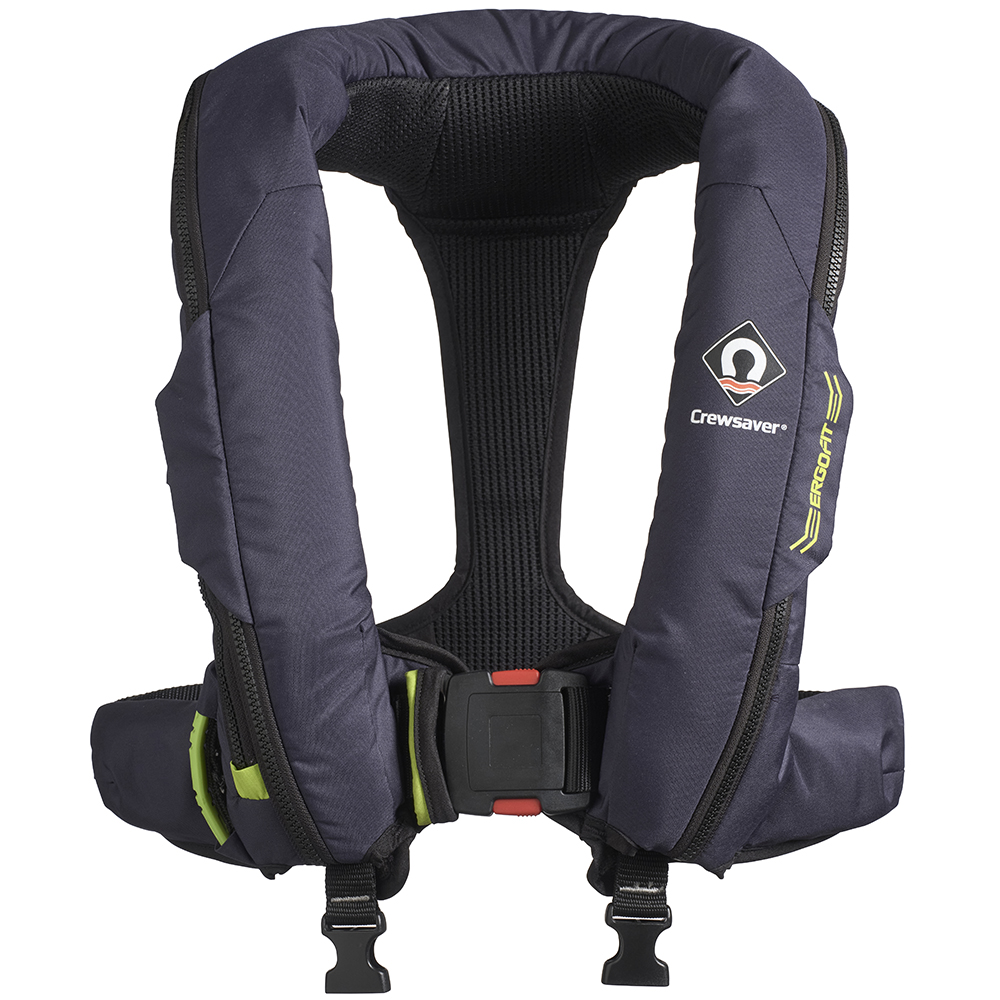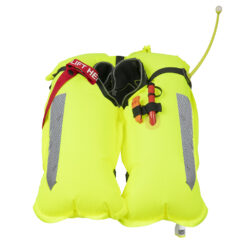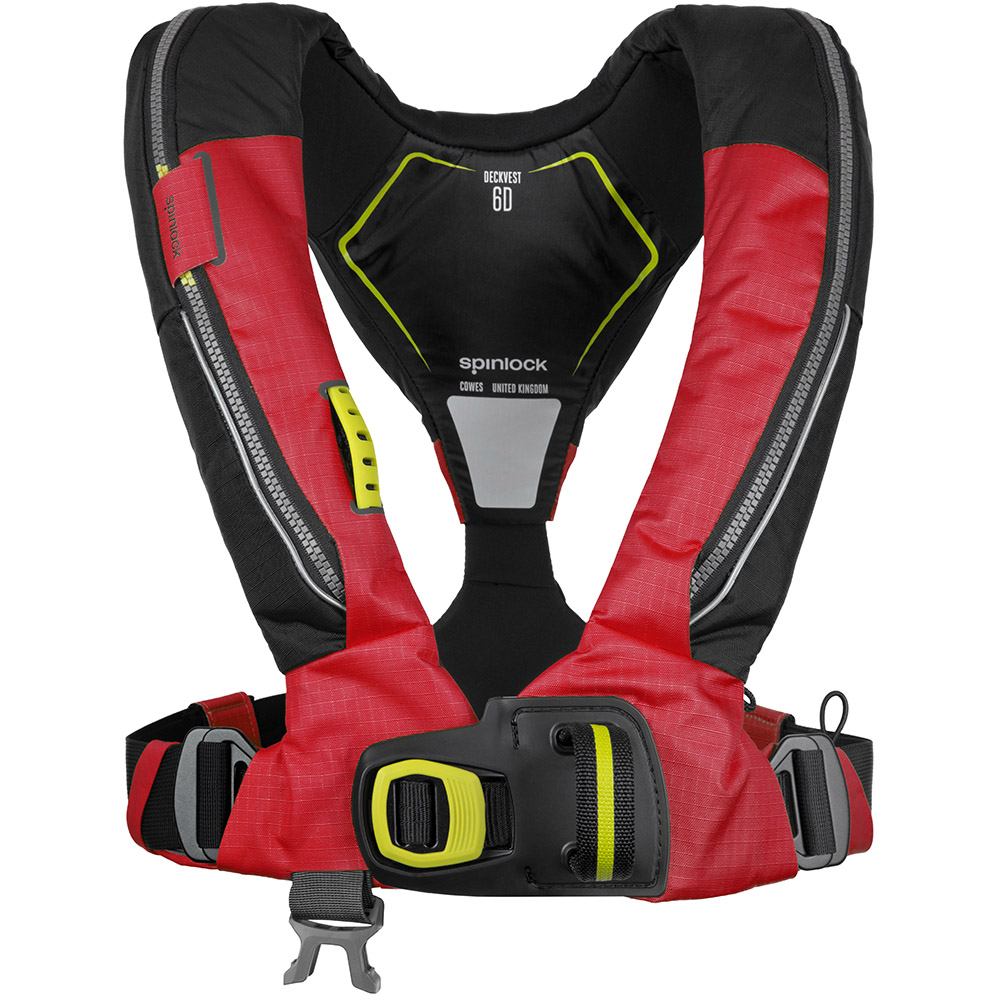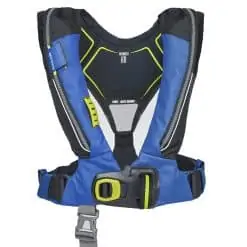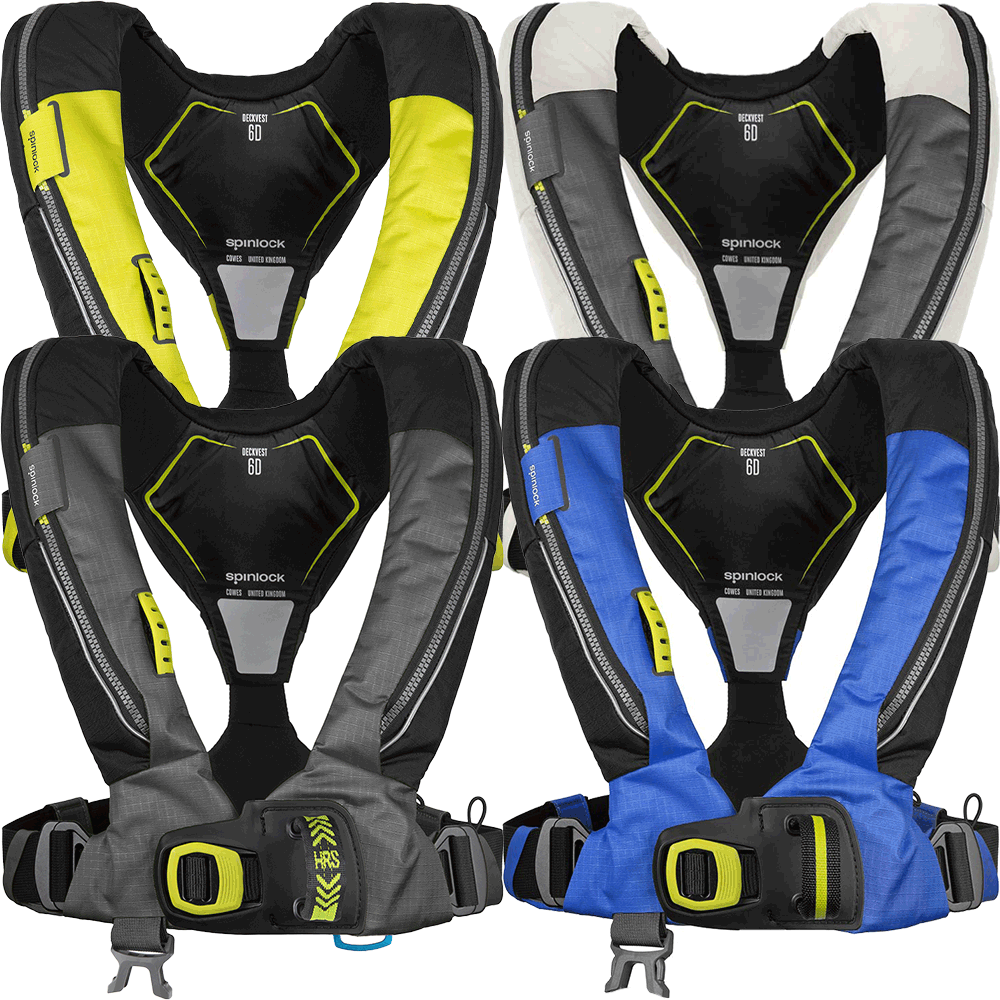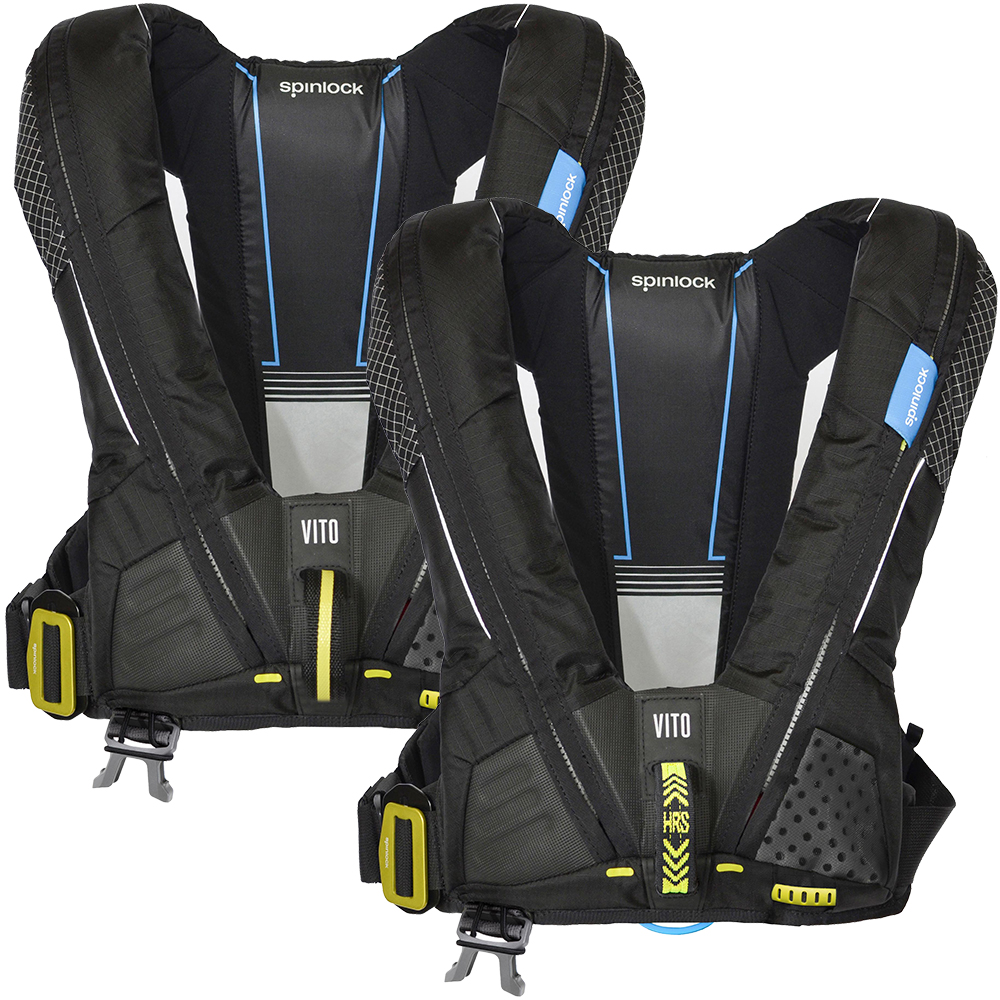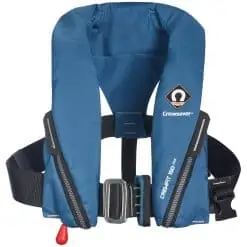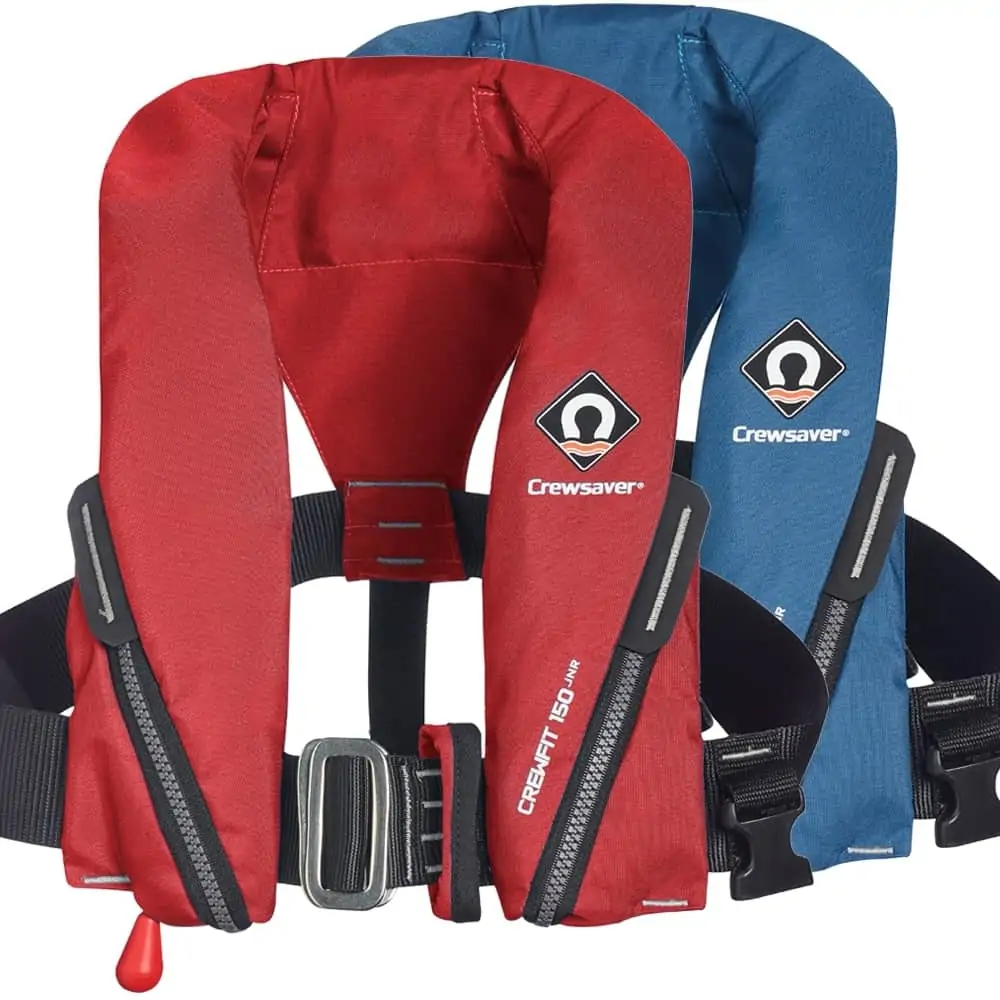Orders placed after 3PM Thursday 17th April 2025 will be processed and packed over the Easter break, but will not be collected by the courier until Tuesday 22nd April 2025 (Click HERE for more information).
The Complete Lifejacket Buying Guide

A lifejacket, also known as PFD (personal flotation device), is one of – if not the most – essential item of safety equipment for activities in and around water. Lifejackets can save lives and provide great peace of mind so you, your friends and your family can make the most of your time on the water, in complete safety.
How to choose a lifejacket? With such a wide range of features and prices on the market it is easy to be confused. In this guide, we will explain the vocabulary around personal flotation devices and give you all the information needed to choose the best life jacket for your needs, and ensure you are confident in making that potentially lifesaving purchase.
Automatic or Manual?
Automatic lifejackets
Automatic life jackets are activated when they go into the water. This means that even if the casualty is unconscious and face down in the water, the life jacket will automatically inflate and turn them onto their back. There are two different types of automatic inflation: water activated such as Automatic and Pro Sensor life vests, or pressure activated Hammar life jackets.
Water-activated lifejackets generally have a water-soluble tablet that dissolves once in contact with water. This then releases a spring which punctures the CO2 bottle allowing the gas to fill the life jacket. There was a time when these jackets might have gone off accidentally if the user was getting too wet. This rarely happens now due to improved firing mechanisms being used and better jacket designs.
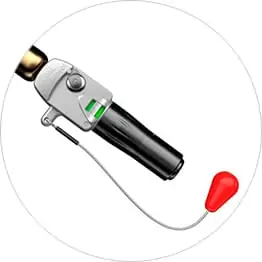
Manual lifejackets
As the name suggests, manual life jackets are only activated by manually pulling a toggle which inflates the life jacket. For most water activities, we recommend getting an automatic life jacket, in the unfortunate event that you fall unconscious in the water and can’t manually activate the vest.
Whether the life jacket is automatic or manual, they all have an emergency pull cord to allow manual activation.
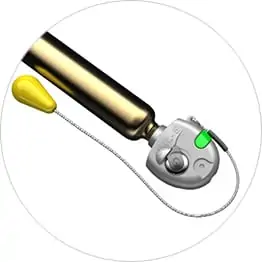
Hammar lifejackets
Water pressure (Hammar) life jackets work once they have been submerged in approximately 10cm of water pressure. Once this pressure has been achieved it punctures the CO2 cylinder, filling the bladder with the gas. However if the jacket does not reach the right pressure, it will not activate and needs to be activated manually. For this reason, Hammar life jackets are mainly used in activities where the user is getting extremely wet, where a normal water activated jacket would accidentally set off.
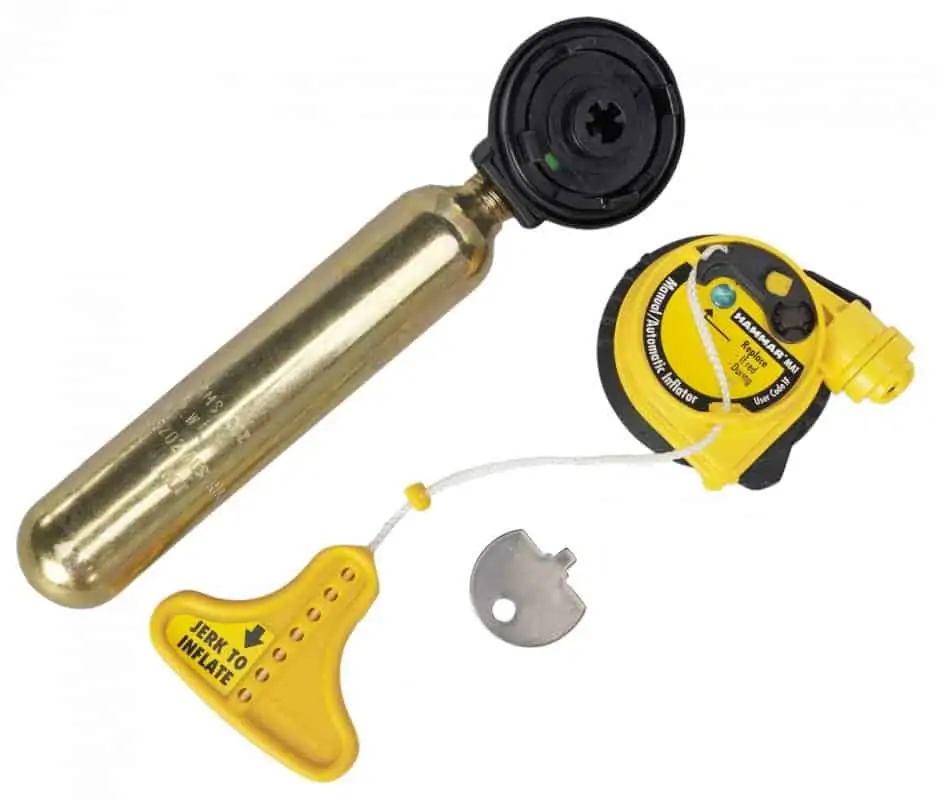
With or Without Harness?
This is whether the life jacket can be used as a harness and has an attachment point for a safety line. This is usually a metal or soft material loop at the front of the life jacket. Consider whether it is safer to be attached to the boat, for example at night, or whether you are safer to be floating free in the water e.g. not being dragged by a powerboat at high speed. You should never harness yourself to a vessel travelling at high speed.

Newtons of Buoyancy
The official rating of flotation devices is in Newtons and falls into four categories: 50N, 100N, 150N, 275N.
Devices may offer increased buoyancy to those above e.g. Crewsaver Ergofit Offshore 190N. but as it does not match or exceed the next level it is still classed in the 150N category, Even though it well exceeds 150N.
The exception to this rule is children’s lifejackets.
Which Newton of buoyancy do I need?
The standard for most adult inflating life jackets is 150N. Depending on what other features the life jacket has, 150N can be suitable for inshore all the way up to offshore sailing. 150N has more than enough buoyancy to turn an adult around quickly, even if wearing offshore sailing kit.
If you spend a lot of time ocean sailing, chances are that you will be wearing a lot of heavy ocean foul weather kit. Most modern foul weather suits do a very good job of trapping the warm air between layers keeping you warm and comfortable. On the downside, if you were to fall overboard unconscious and end up face down, all this air would rush to your back. In situations like this a 275N life jacket would be better, as you need enough air to counter balance the trapped air in the suit to turn you face up. Increased buoyancy and bladder size don’t always constitute an advantage, as it is harder to use in the water, for example when getting into a life raft.
100N life jackets are mostly designed for children, as they are smaller and don’t need the same amount of gas to inflate and turn the wearer over.
There are 100N life jackets for adults, but these are usually the non-inflating foam kind that are only designed for sheltered inshore waters and not wearing foul weather clothing.
Lastly, 50N life jackets are only classed as a buoyancy aid. These are mostly used in dinghy sailing or general inshore water sports where help or a safety boat is close by.
275 Newton
Inflatable lifejacket

150 Newton
Inflatable/ Air Foam lifejacket

100 Newton
Foam buoyancy Aid

50 Newton
Foam buoyancy aid
Life jacket comfort
For many years lifejackets were just a bladder attached to webbing straps folded into a flat two-dimensional outer cover. These were not very comfortable to wear, which resulted in many boaters simply not wearing them.
Over the last decade, safety manufacturers have addressed this issue and now comfort is an important factor in their design process.
We now have life jackets that have 3D designs which wrap around the body distributing the weight evenly as well as sitting off the neck. This allows users to wear life jackets for extended periods of time without fatigue.
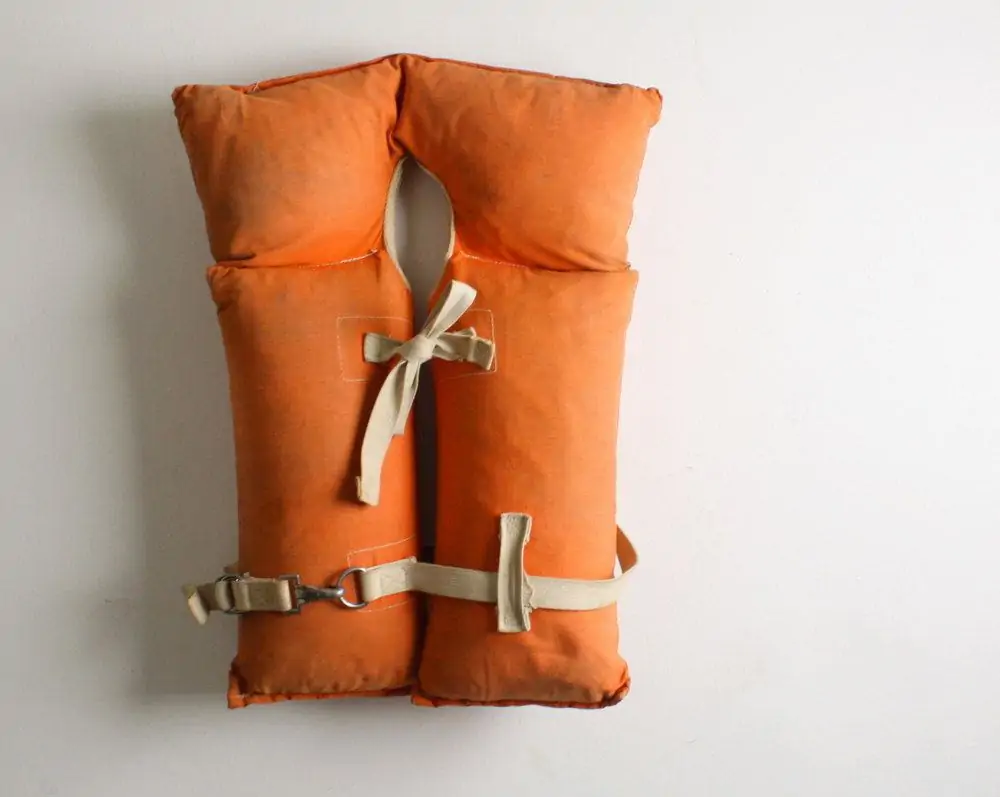
Sprayhoods
Lifejacket sprayhoods stop you from breathing in the sea spray and keep your airways free. It is entirely possible to drown (secondary drowning) from just breathing in too much sea spray, especially in cold water when you are gasping for air. Sprayhoods are usually made of a hi-vis material with a clear panel at the front and ventilation holes at the sides. This also aids visibility on the water.
Sprayhoods are sometimes built into life jackets, which you pull over once activated. Other times they are in a separate pouch on the waistband.
Sprayhoods can be purchased separately from your life jacket. Either choose a universal life jacket sprayhood or the sprayhood brand model that best fits your vest.
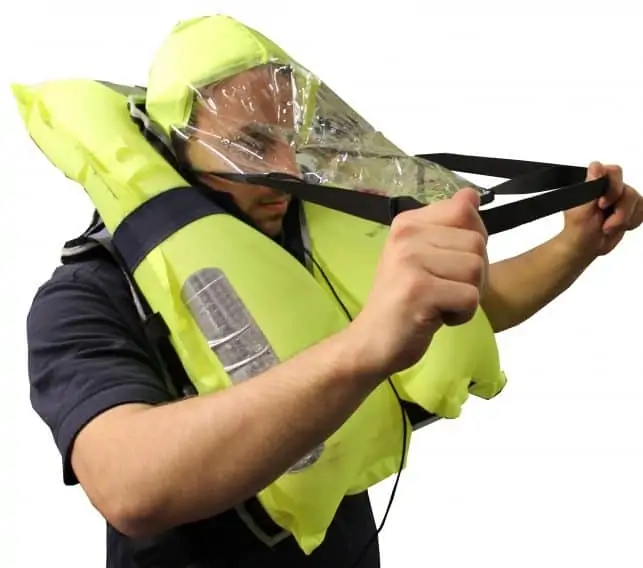
Built in Lights
Built-in lights are absolutely essential for sailing at night or in low light conditions. If you were to fall overboard at night, you would not be seen without one.
Many lifejackets now have these built in as standard, whilst others have attachment points for adding in later. Most lights attach to the top of the bladder and are water activated. There are even some that light up the entire bladder such as the Spinlock Lume-On which is used in addition to lifejacket lights to improve visibility even further.
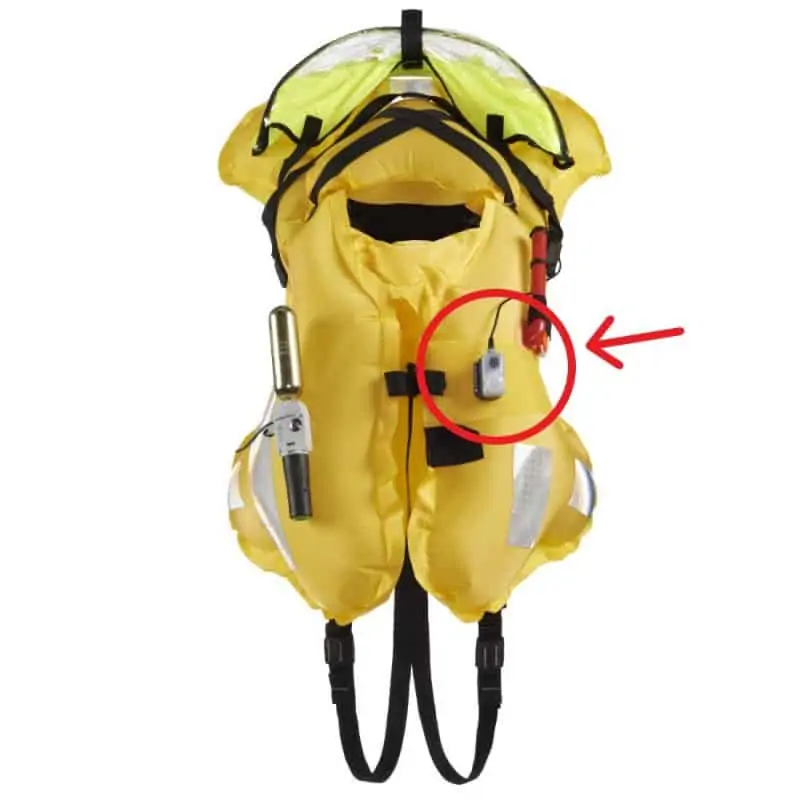
Kids Life jackets
Manufacturers have very different recommendations for children’s lifejackets. Whether it be the weight of the child, the size, or what the recommended starting age is.
It is best to decide on a child per child basis.
If the lifejacket fits the child, it will work. Check that the lifejacket will not slip off the child’s shoulders and that the webbing / straps are comfortably tight enough, especially the crotch straps.
Another consideration to keep in mind is if the child is old and mature enough to understand the operation of the jacket. This is particularly important if, for any reason, the child has to manually activate the jacket. They also have to be old enough to know when not to pull the manual cord. Young children are inquisitive and are likely to pull the manual cord to see what happens.
This is where a foam filled life jacket would be best as you won’t have any of the issues above… or the costs of replacing the gas cylinders!
Check out our range of children’s life jackets to keep kids comfortable and safe when out on the water.
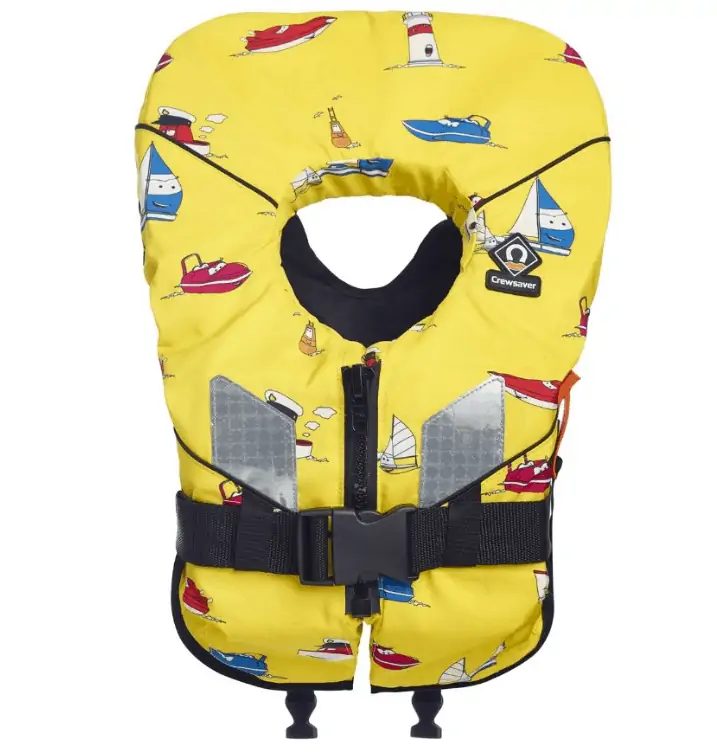
Firing mechanisms, Rearming Kits & Gas Cylinders
There are many different types of lifejacket firing mechanisms. Most manufacturers use third party mechanisms in their vests.
Examples of these brands are United Moulders, Halkey Roberts and Hammar, although there are many more. It is important when rearming a lifejacket, to purchase the correct kit and ideally the one provided by the manufacturer of your vest.
The size of the gas cylinder will also depend on the life jacket. These cylinders are measured in grams and it’s important to get the right size. Most lifejackets will tell you somewhere on the cover or tag what size cylinder is required. The most typical sizes you will see are 23g, 33g, 38g, or 60g.
(United Moulders, Halkey Roberts, Hammar, Manual Pictures] MK5 MK3 Elite Pro Sensor etc…)
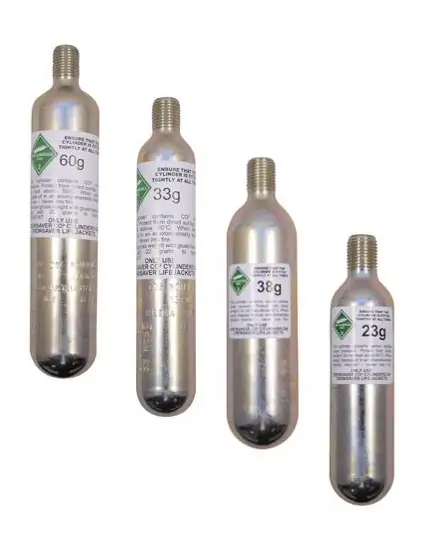
Which lifejacket should I buy?
Now that you have read all the information above, the question is, which life jacket should you buy?
First, ask yourself what activity you will be using it for. While most life jackets we sell can be used across a wide range of activities, some features are specific.
Will you be wearing lots of foul weather clothing? Then the higher the buoyancy, the better.
If you are on a sailboat you might consider having a harness built in for the use of safety lines, whereas powerboat users wouldn’t necessarily require this option.
Will you be sailing at night? If so, having a built-in light or the ability to add one is essential.
How long until you are likely to be rescued? A sprayhood that you can pull over to prevent the inhalation of sea spray is a good idea.
Below are our top inflating life jacket picks:
Inshore / Coastal Life Jackets
Here’s our video featuring some of our best selling inshore and coastal life jackets.



